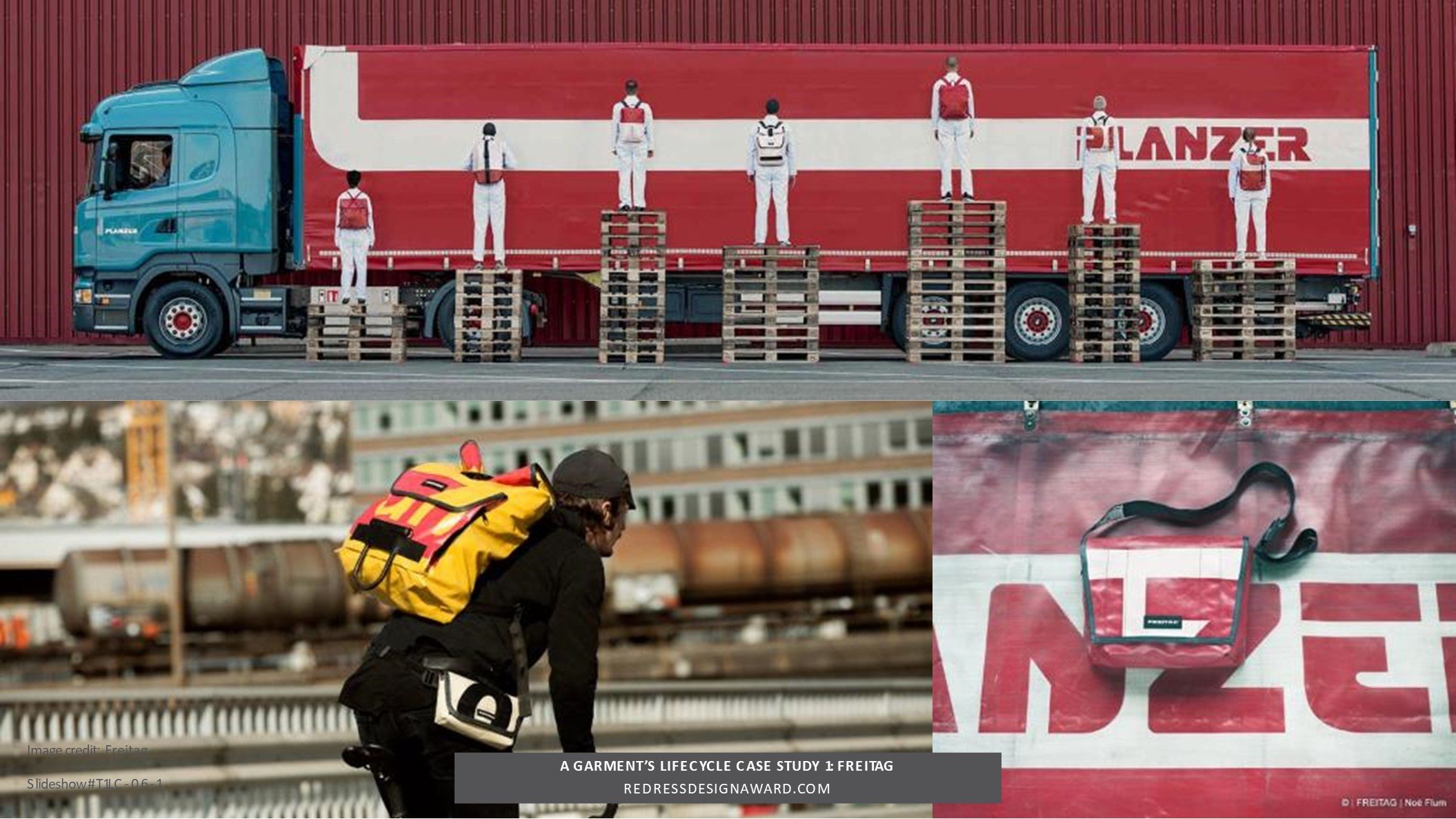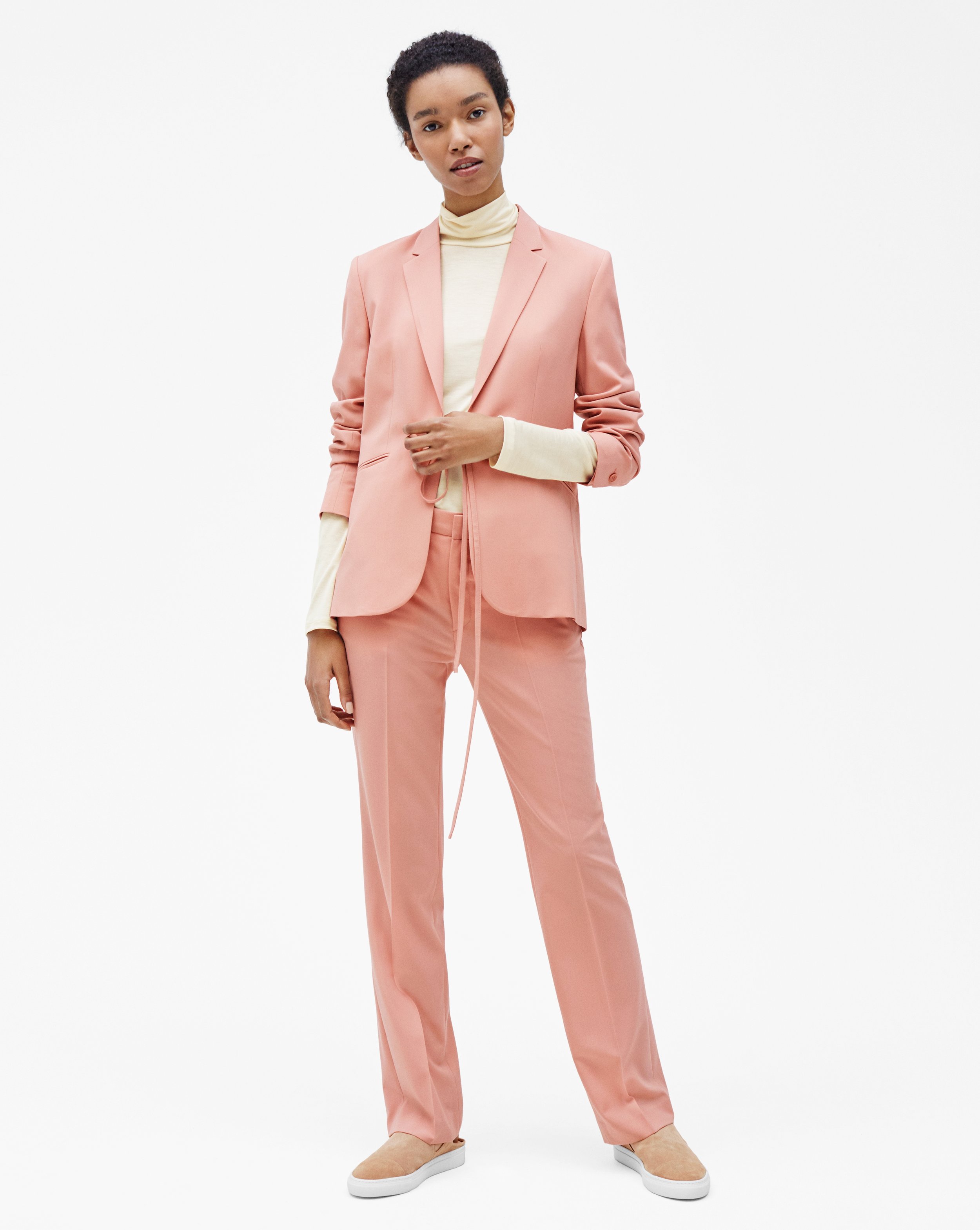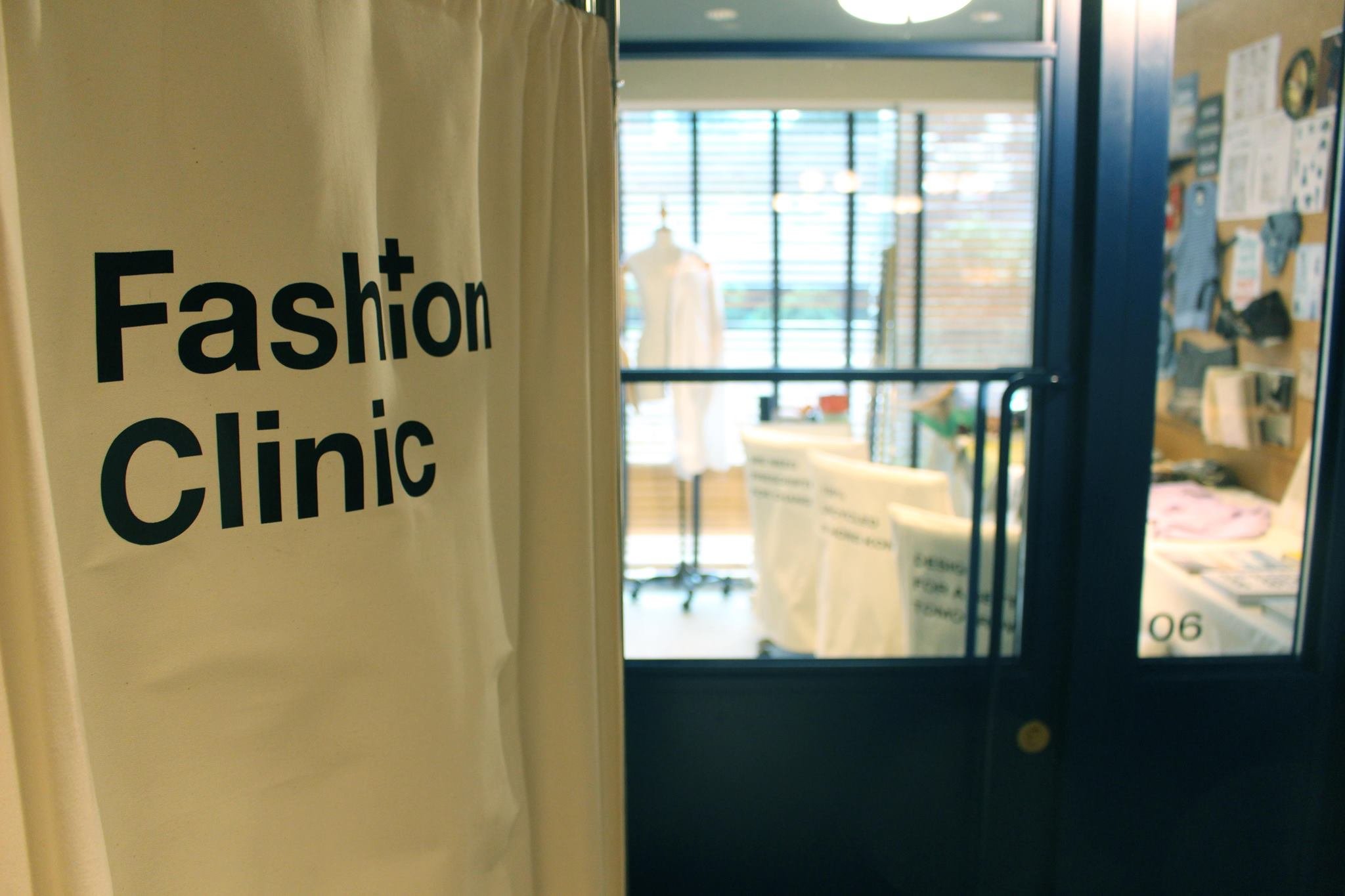Global fibre production represented 116 million tonnes in 2022, and is expected to grow to 147 million tonnes in 2030 if business continues as usual (1). Regrettably, around 15% of fabric ends up on the cutting room floor when garments are cut and sewn (2). When textiles are wasted, so too are the resources which were invested and embedded into the textiles.
Read MoreIn this case study, we will discover and discuss what it takes to design your products with a life cycle in mind.
Read MoreIn this case study, we will explore and discuss why Patagonia designs their products to last, and encourages care and repair for longevity.
Read MoreIn this case study, see how the designer’s attitude allows for a different approach to recreating fashion. Understanding how specific pre-existing garments or products were initially constructed was key to reconstructing them in a whole new way.
Read MoreIn this case study, learn why planning the life cycle for your products involves mapping out your materials in order to allow for circular business models.
Read MoreAs designers, there is a real opportunity to partner with manufacturers and other industry partners to design out waste within the supply chain and through to consumer use. In the Circular Redesign Challenge with TAL Apparel, we challenged our Redress Design Award Finalists to create an outfit using defective shirts, inspired by an exclusive circular design collection from The R Collective x Garcia Bello.
Read MoreDesigning for circularity goes beyond the design of the garment itself. Through packaging and messaging, there is an opportunity to communicate and share your brand story to build your customers’ emotional attachment with your product and thereby encourage longevity of use. In partnership with leading sustainable packaging expert Delta Global, we challenged our Redress Design Award Finalists, joining forces with marketing and product design students, to inspire customers through fashion’s packaging.
Read MoreIn this case study, we ask tonlé founder, Rachel Faller, about her biggest challenges, successes, and top tips for building a circular fashion business.
Read MoreDigital technology is on the rise, with 3D design and video conferences among the most promising trends not only because of the reduction of time and distance for a global industry, but also for the practical advantage of minimising sampling.
Read MoreWatch how finalists of the Redress Design Award 2022 come up with solutions for reusing textile waste in an intensive six-hour challenge for Icebreaker.
Read MoreThis guide provides an overview of the reconstruction design technique. You will learn about the different waste streams for reconstruction and how to develop reconstructed designs.
Read MoreKay Wong from Hong Kong-based Fashion Clinic shares how they prolong the lifespan of garments through high-end repair, alteration, and redesign services.
Read MoreThis guide provides an overview of the upcycling design technique. You will explore the use of different types of textile waste and how some brands upcycle in scale.
Read MoreThis guide provides an overview of the zero-waste design technique. You will learn different methods and approaches from planning the pattern to the final execution.
Read MoreIn this case study, Daniel Silverstein shares his approach to zero-waste as he started his career in the fashion industry.
Read MoreThis reconstruction tutorial features Wan & Wong Fashion. Explore how they reconstruct a regular dress shirt and the possibility of upscale.
Read More















